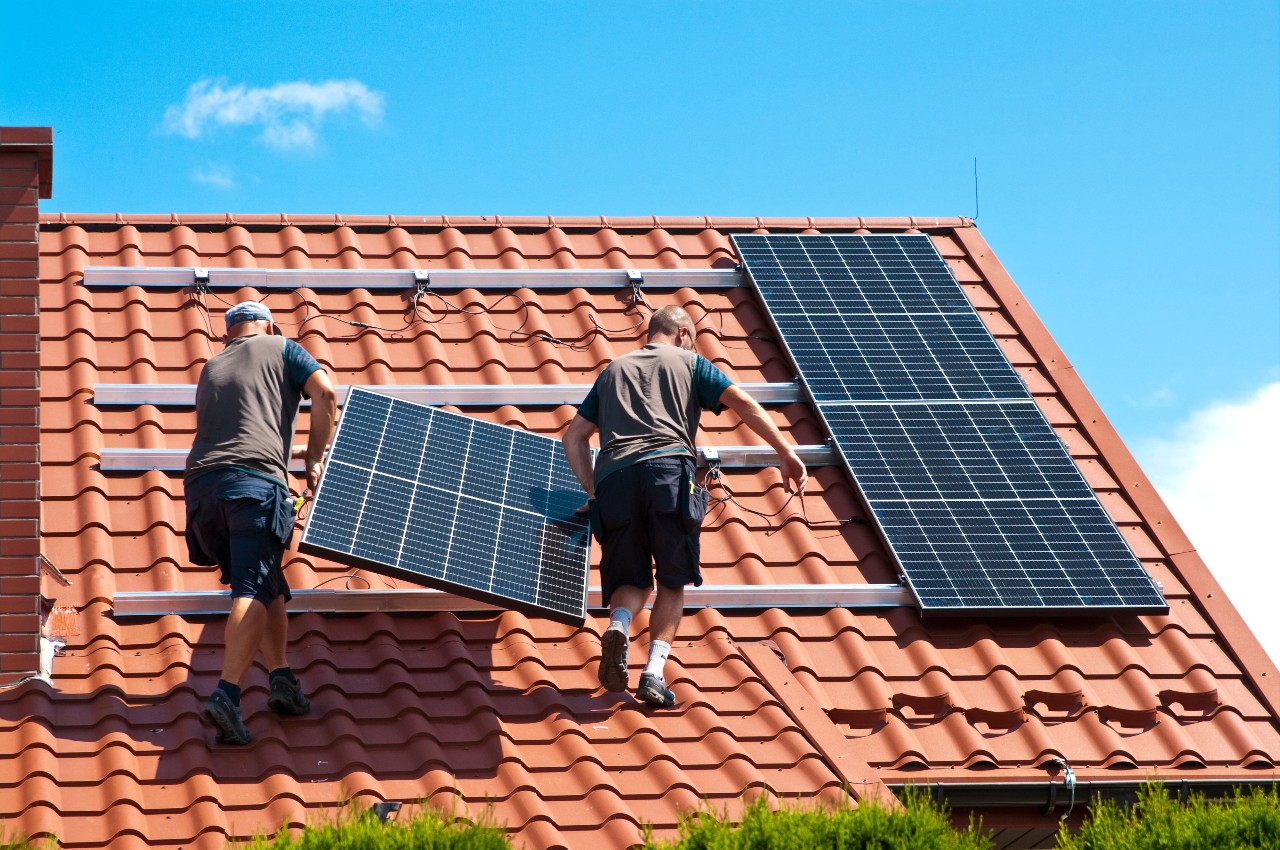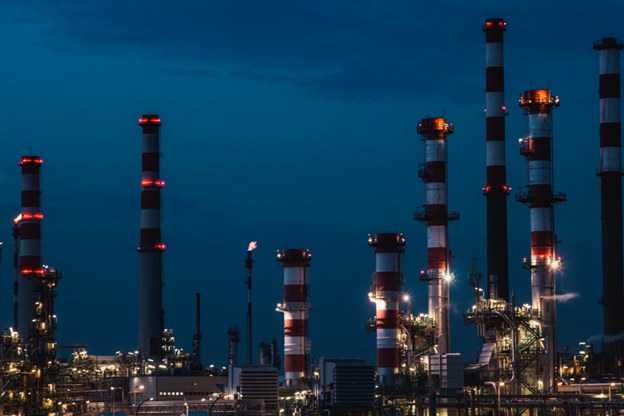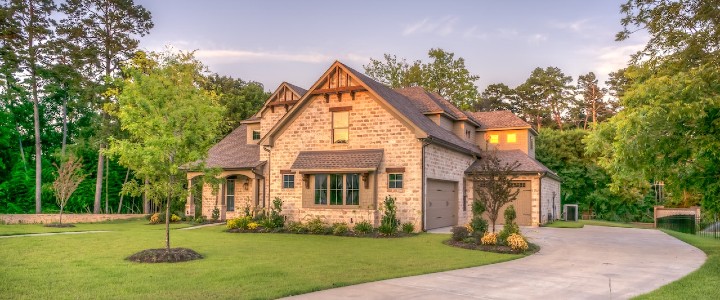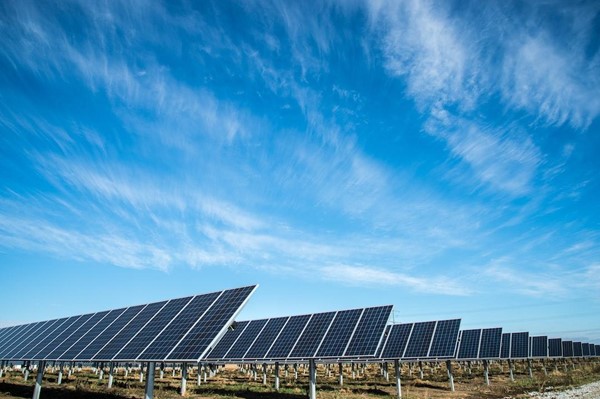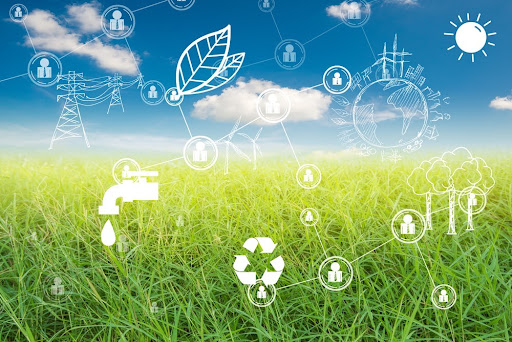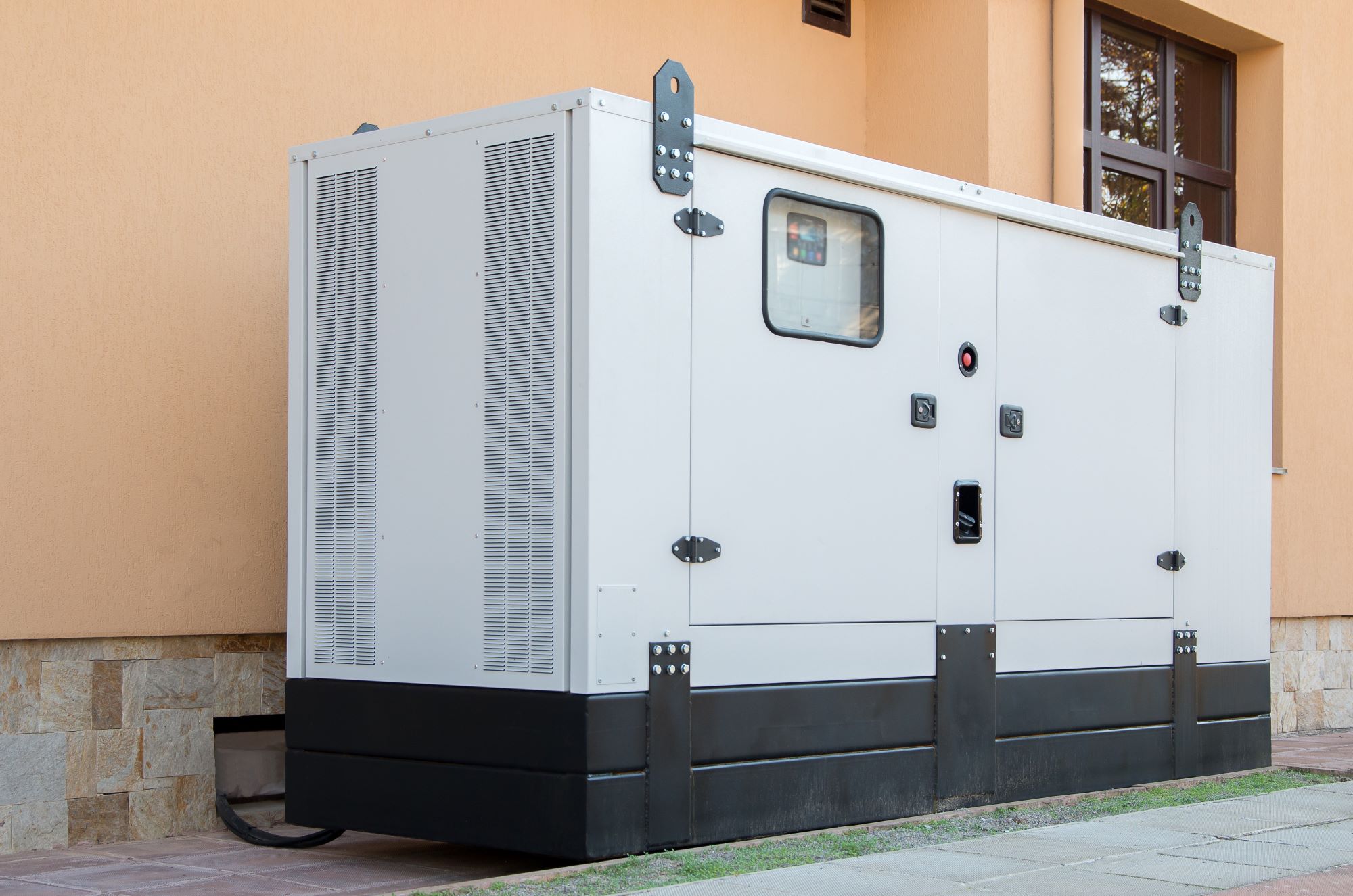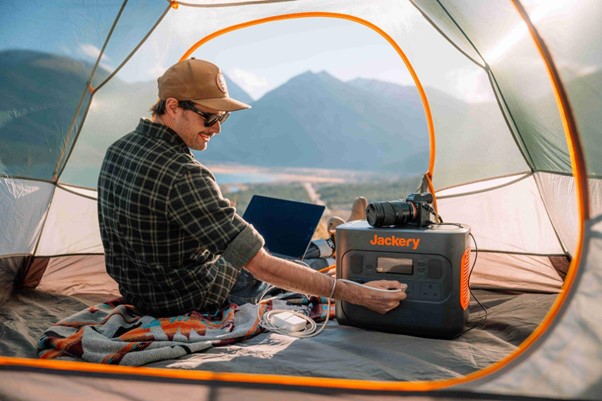6 Tips for Protecting Solar Power Plants Against Intrusion
Solar power plants and farms have increased significantly in number across Europe to decrease our dependence on fossil fuels for energy. Thanks to government funding, these renewable energy sources have popped up in considerable numbers in a very short time, and many are quite large.
Often located in unmanned rural areas, these power plants have lots of expensive equipment, including solar panels, transformers, and inverters. As a costly technological investment, criminals and vandals can target the equipment, or the plant may simply be a magnet for trespassers. The physical security of these sites to prevent unauthorised access is an absolute necessity.
Thieves may attempt to steal solar cells, cabling, transformers, and inverters. Panels may be destroyed in the process. Theft and damage can account for substantial production interruptions and financial loss stemming from a lack of production and the destruction of expensive technology.
False alarms can also be a problem and can be caused by various conditions and events, including wildlife, weather, or simple solar panel rotation. Repeated false alarms also increase overall security costs.
If you have invested in a solar power plant or are considering doing so, security should be among your top priorities and an essential part of your investment budget. Here are several tips to keep your investment secure and functioning.
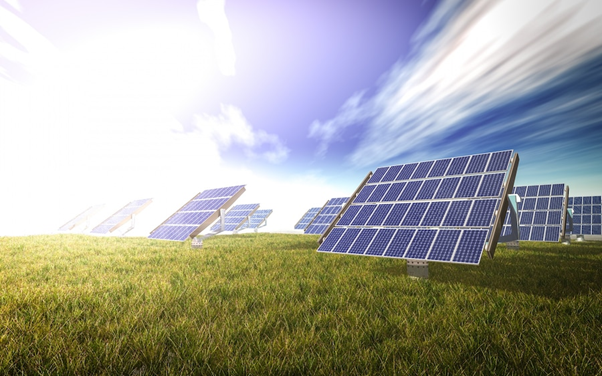
1. Begin with fencing and fence protection sensors
Some solar power plants may take the form of a solar farm located at open sites without fencing for aesthetic reasons, opting for hedges or vegetation. These open sites are not only subject to criminal intrusion but also to wildlife invasion.
Most solar plants will be designed with perimeter fencing as a first line of defence. However, a fence alone will be insufficient. Intruders can easily cut open standard fencing to gain entry or even attempt to climb over a wall. Access gates will also need to be fully secured.
Proper fencing restricts views and access, hiding the number of panels and the equipment. Securing fencing also takes longer to break through.
Sensors and beams can be installed to create a virtual wall, alert security teams that fences have been tampered with, and even control vehicle movement near access points. When beams and sensors are triggered, security teams are alerted, and video monitoring can be viewed in real-time. Vibration sensors can also be mounted on fencing or buried in the ground, adding an extra layer of protection.
2. Secure perimeter and panel fixings
Tamper-proof gates with padlocks need to be installed, and chains on fences can be snipped. When installing panels, it’s worth it to use fixings that are tamper-proof and would require more time and special tools to remove.
3. Install CCTV monitoring
Many solar-power plants and farms are located in rural settings where there is very little traffic flow or people to trigger an alarm. High-definition IP cameras for day and night time video monitoring allow security teams to reduce criminal intrusion.
New technology permits cameras to distinguish between criminal intrusion and wildlife incursions to reduce false alarms to a minimum. Cameras with thermal and infrared imaging allow security monitoring 24/7.
Additional advantages include the sight of cameras, which act as a deterrent, and video recording, which can aid authorities in identifying perpetrators. Remote, commercial CCTV systems permit off-site security personnel to check the solar power plant anytime.
4. Integrate AI software
Thermal and video analytic software can aid in distinguishing between human intrusion and wildlife. Harnessing artificial intelligence analytics to recognize suspect behaviour and objects can enable the alerting of security teams before damage has been done. Artificial intelligence aids in reducing crime thanks to immediate intervention and in reducing false alarms through wildlife intrusion recognition.
Protection systems are also subject to environmental conditions like intemperate weather, including snow, rain, hail, and wind, which can trigger false alerts. Security analytics can reduce these risks.
5. Create an alarm system
Once perimeter and video monitoring protection has been installed, the next step is creating an alarm system. Alarm systems should be integrated to function seamlessly with CCTV security monitoring and perimeter sensor protection. When coordinated with CCTV, a triggered alarm can tilt, pan, or zoom so that security personnel are alerted and receive the best information for determining the best immediate intervention.
6. Security personnel
Solar power plants tend to be in isolated areas, so security personnel onsite is a plus. Their presence not only acts as a deterrent but allows immediate intervention when needed.
In conclusion
Professional security system measures integrating new technology can protect solar power plants from intrusion, aid authorities in apprehending criminals, and offer evidence for prosecution. Ideally, security measures should be planned before solar panel installation, but even after a solar power plant is functioning, it’s never too late to install a security system.

